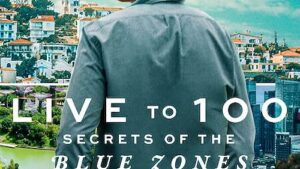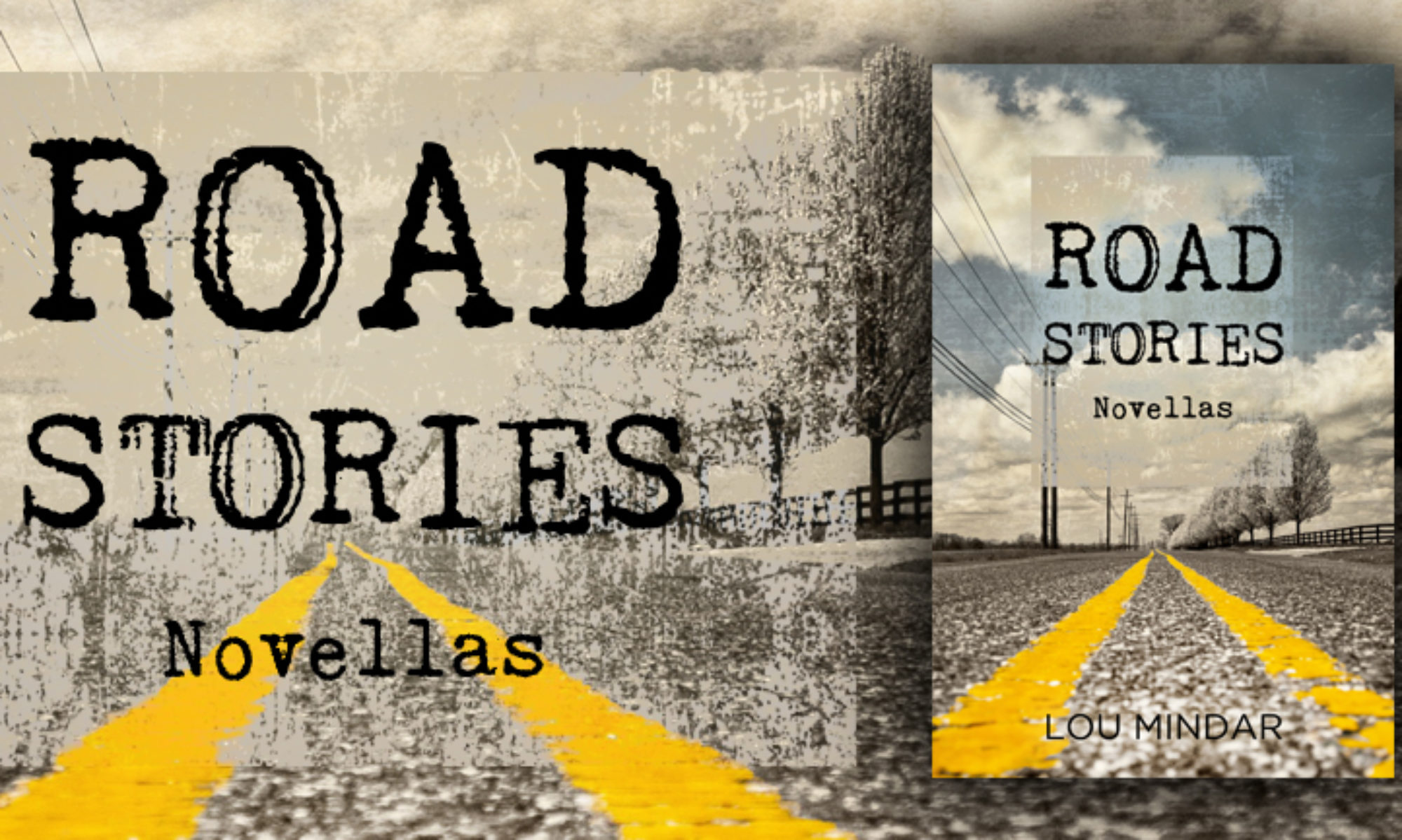 Dan Buettner is a National Geographic Fellow and a best-selling author who has devoted much of his life to understanding why some communities produce large numbers of people who live to be 100 years of age or older. These communities, known as Blue Zones, are spread throughout the world, and although they are disparate geographically, they seem to have several things in common that lead their residents to live to 100 and beyond.
Dan Buettner is a National Geographic Fellow and a best-selling author who has devoted much of his life to understanding why some communities produce large numbers of people who live to be 100 years of age or older. These communities, known as Blue Zones, are spread throughout the world, and although they are disparate geographically, they seem to have several things in common that lead their residents to live to 100 and beyond.
Buettner is the host of Live to 100: The Secret of the Blue Zones, a Netflix multi-part documentary. The film follows Buettner as he travels the world from Japan to Sardinia to Costa Rica to California to meet people who are living unusually long lives, and to uncover the secrets to their longevity. At the end of the docuseries, Buettner reverse engineers what he has learned and implements those lessons in Albert Lea, MN to surprising results.
The docuseries is very interesting and informative. If you have Netflix, I encourage you to watch it. If not, here is a breakdown of what Buettner learns on his journey to Blue Zones and the secrets to long life that they hold:
- Move Naturally – Exercise is great, but what people who live to be 100 or more do is incorporate natural movement into their daily lives. What exactly do they do? Here are a few examples:
- Work by Hand – Doing things like washing the dishes, chopping wood, vacuuming around the house, or mowing the grass may not seem like exercise, but it keeps a body active, utilizing muscles in different ways and keeping those muscles toned and flexible.
- Gardening – One thing almost all of the Blue Zone communities have in common is that their residents often work in private gardens. Growing healthy food is one goal of this gardening, but the more important thing is they are outside, moving, bending, and stretching, keeping their bodies fit.
- Walking – Almost all Blue Zone communities encourage walking rather than driving. Residents walk to the grocery store, the café, or just around the neighborhood for exercise and relaxation.
- Outlook – This involves the way residents of Blue Zones view the world and how they see their place in it.
- Unwind – Blue Zone residents make time to relax and refresh. Doing things to de-stress is a priority, so they routinely take naps, meditate, and spend time in nature. They understand that recharging their batteries is every bit as important as carry out whatever duties and obligations fill their day.
- Faith – This could be religious faith or a spiritual practice. The type of religion doesn’t matter. One Blue Zone community is made up primarily of Buddhists while another (in Loma Linda, CA) is made up of Seventh Day Adventists. The important thing for Blue Zone residents is incorporating a religious or spiritual practice into their daily lives.
- Purpose – Having a purpose could involve having a higher calling, such as feeding the hungry or working to cure cancer, or it could simply be understanding your role in life. One of the Blue Zone communities in Costa Rica includes an unusually high number of shepherds. These people understand what they are supposed to be doing from the time they get up in the morning until they go to sleep at night. The sheep count on them, and they gladly and gratefully go about their work every day.
- Eat Wisely – Diet plays a huge role in how our bodies age. Blue Zone residents eat consciously, but they don’t go overboard. They enjoy treats now and then, but primarily eat a healthy diet.
- Plant-Based – Residents of Blue Zones eat far less meat than people who live in non-Blue Zones. For instance, for most people, meat makes up about 15% of their caloric intake. For Blue Zone residents, meat accounts for just 5% of their diet. Blue Zone residents are not strictly vegetarian or vegan, but they eat much less meat than other people.
- Wine – Wine is an important ingredient in the diet of Blue Zone residents. Consumed in moderation, often with meals, wine provides anti-oxidants and important minerals, especially when produced locally.
- Moderation – Blue Zone residents tend not to over-indulge in anything. They enjoy all things (healthy and not so healthy) in moderation. In one Blue Zone community, residents are taught to stop eating when they are 80% full. This reduces obesity and improves digestive function.
- Connect – We are social animals and its important to be around other people, interacting with them and enjoying their company. In our modern world, even as we live more closely, in more densely populated areas, loneliness has become an epidemic, draining not only our happiness, but decreasing our life expectancy.
- Family First – Blue Zone residents tend to live near family members, often in the same house. When residents get older, rather than being put in a nursing home, they either move in with family members or move closer to family members for emotional and physical support.
- Partnership – Our relationship with a spouse or significant other has a huge impact on every other part of our lives, including our longevity. A good, loving, happy, supportive marriage or partnership is often key to living longer and remaining healthy into our older years.
- Right Tribe – Residents of Blue Zones often surround themselves with friends and neighbors that make up their tribe. These friends and neighbors not only provide support and encouragement, but since they are often also going through the same experiences, they provide examples and opportunities to lend a hand.
I don’t know about you, but I want to live a long life, and I want to be alert, productive, and healthy right up until the end. I plan on incorporating the ideas outlined above into my life as I move forward. I’d like to get as much life as I can out of my old body. And if I can, I’d like to live well past 100. How about you?
